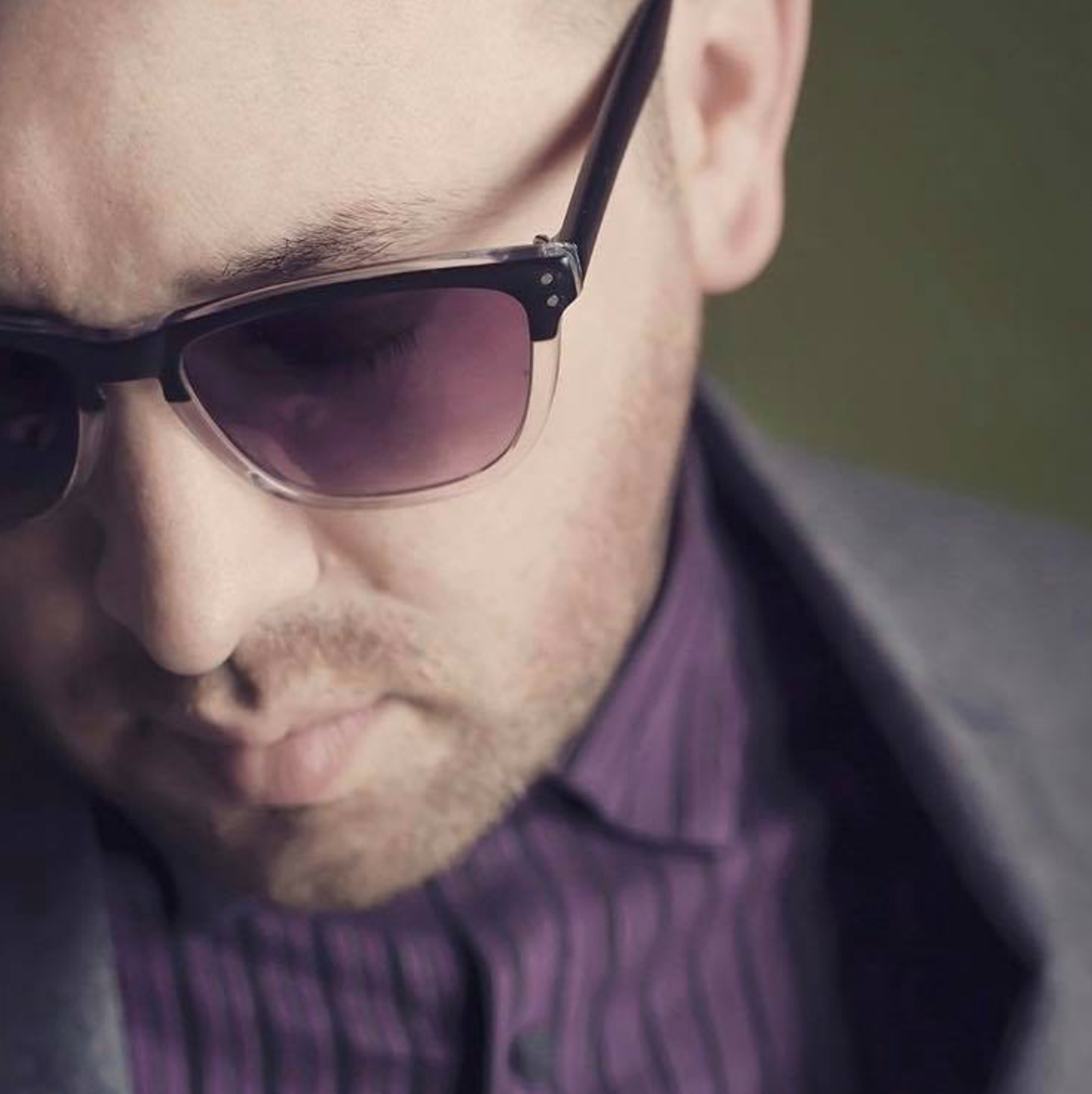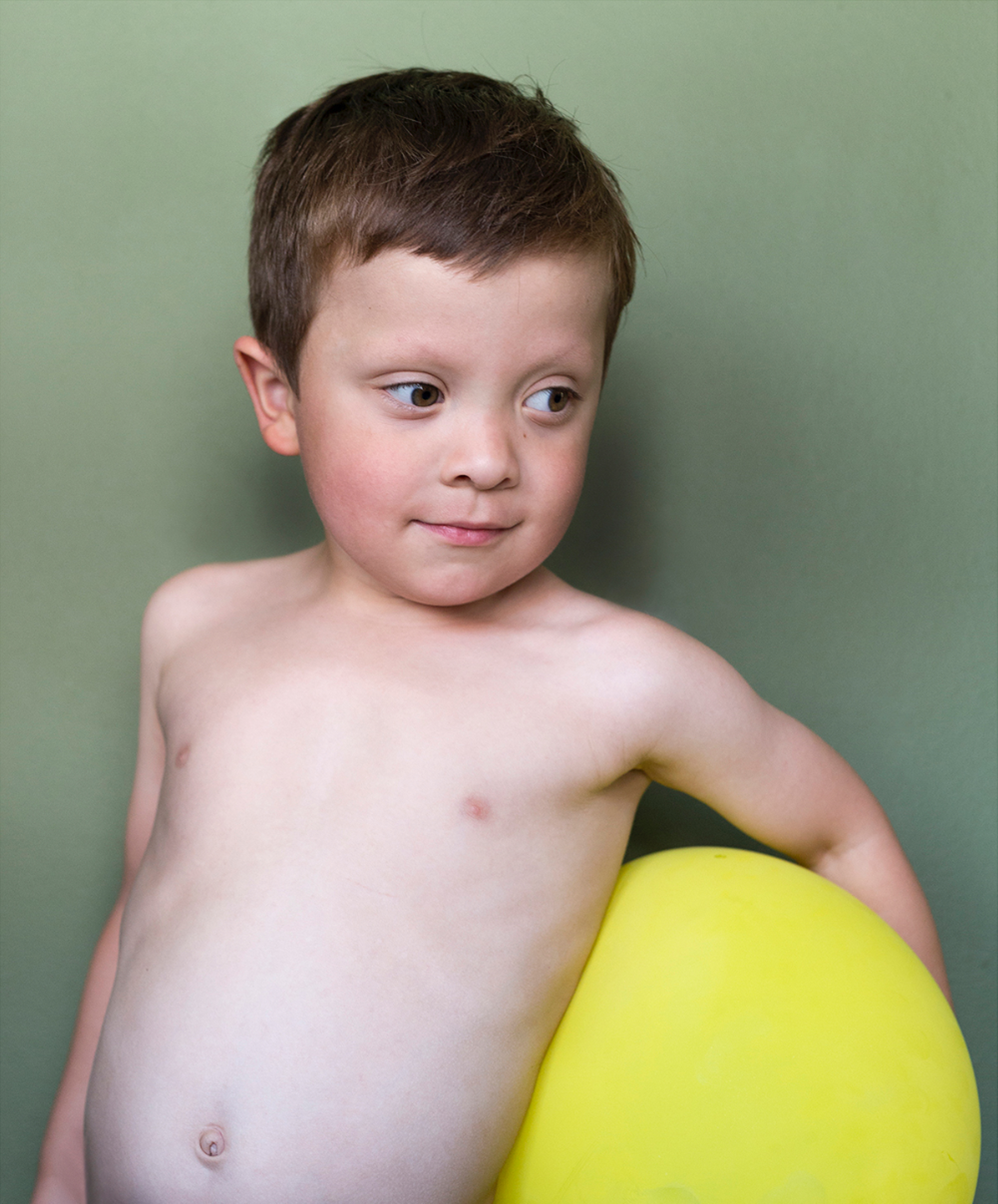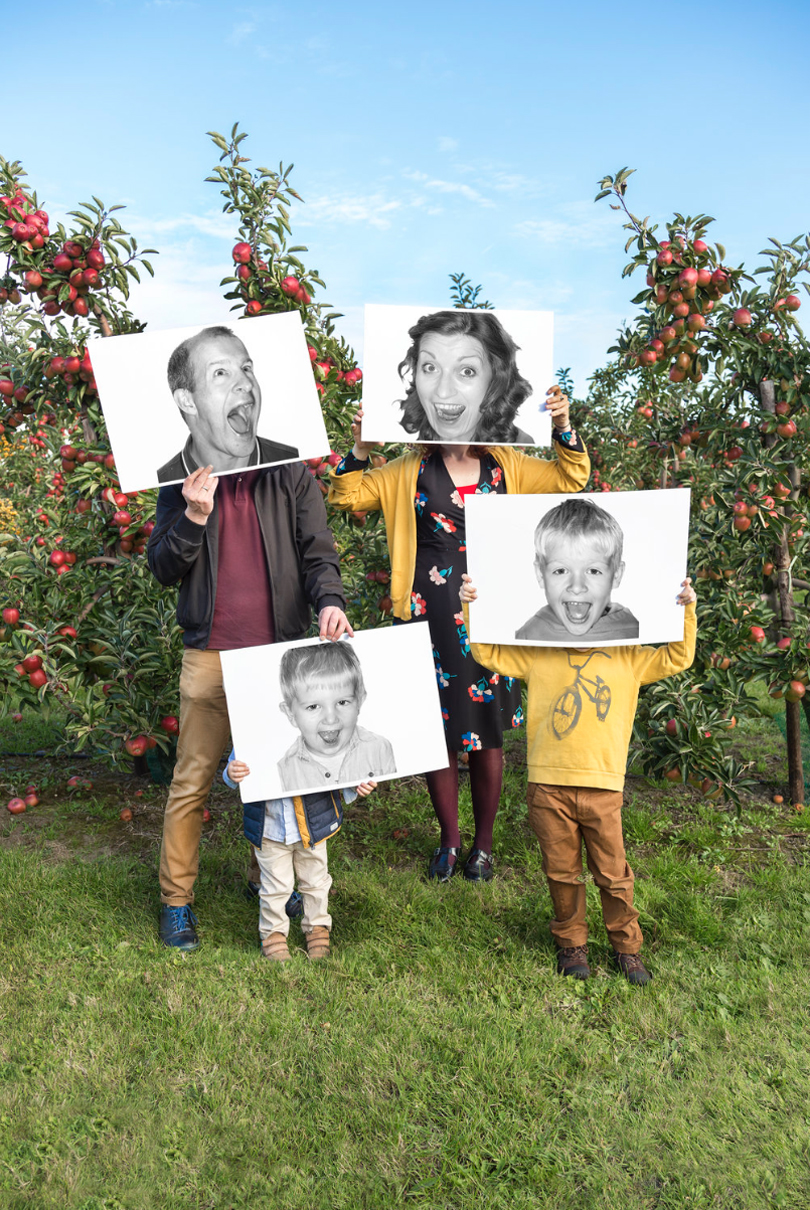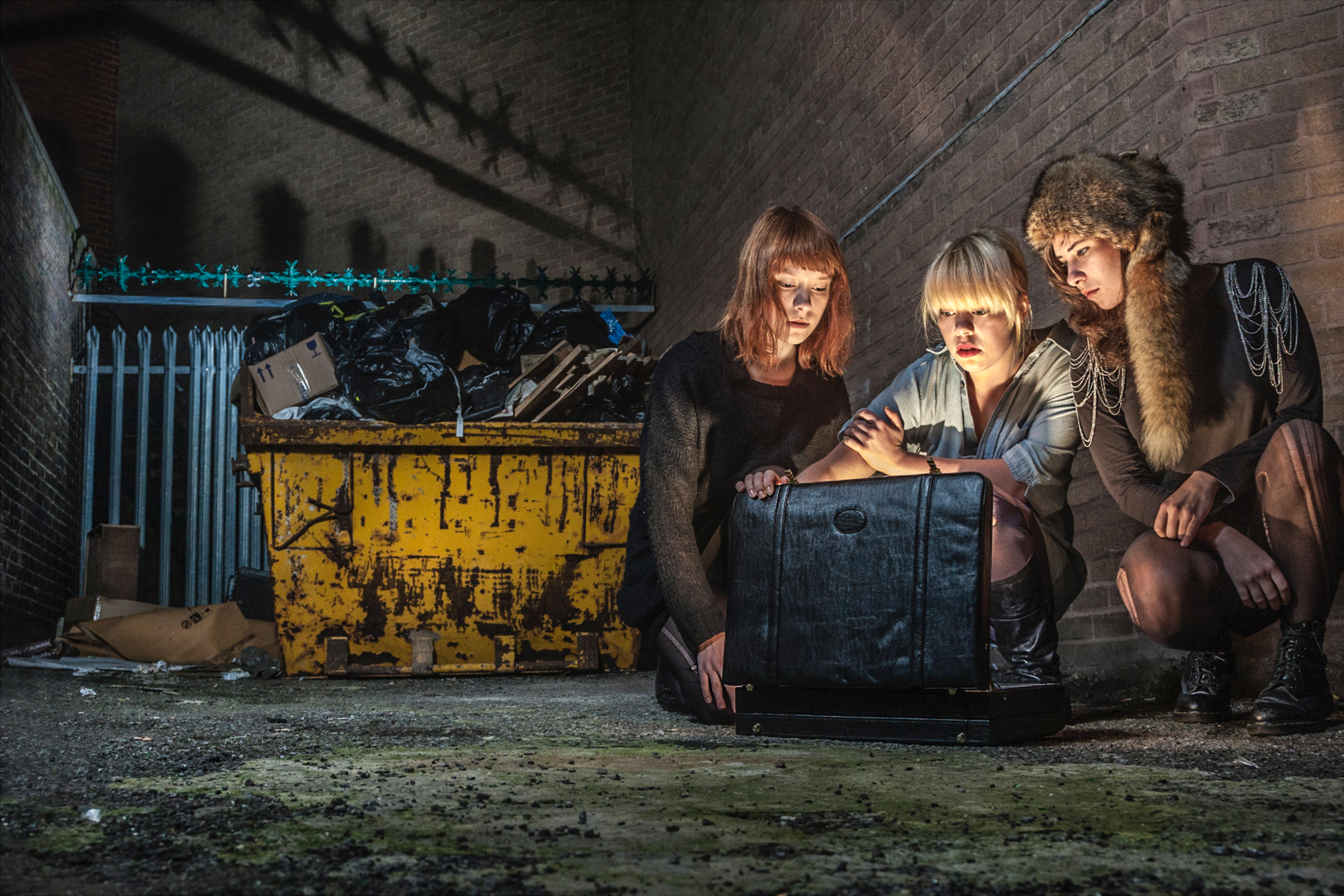This entry was posted on June 15, 2020.
Mike Bradford is a creative portrait photographer, based in Kent. Since the age of 4 he has been immersed in the world of photography. Mike's stepfather was a professional photographer who owned the renowned 'Photographer’s Workshop' in Oxford. For those of you who are unfamiliar, the Photographer's Workshop was a studio, exhibiting space, darkroom and retail facility so Mike grew up with access to all the knowledge and facilities he could ever wish for. His stepdad handed him his first camera aged 8, a Canon AE1 film camera with a 50mm f1.8 lens.
As a young teenager, Mike's first job was working in the Workshop and although he didn’t initially go straight into a career in photography he has now returned to his first love. His "first and last jobs will be in this industry".
We asked Mike to take a moment out of his schedule to talk to CameraWorld about his work.

Mike Bradford
What does photography mean to you?
It’s that wonderful blend between the creative and the technical. Like all other creative industries, it is built upon the foundations of its history, but endless in terms of its possibility. More than anything though it teaches you how to see. As Dorothea Lange once said, “The camera is an instrument that teaches people how to see without a camera”. Once you truly learn to observe the world like a photographer you start to notice so much more about your surroundings.
What equipment do you have now and what is your favourite lens?
I have a bunch of camera bodies and lenses as you’d imagine, but the kit I turn to more often than any other is probably my Canon 5D Mark II and my Canon 6D, with the excellent 24mm-105mm f4.0 L series lens. I also use my 85mm f1.4 L series lens a lot as I tend to do a lot of portraiture.
Where do you get inspiration?
I think learning and understanding about the masters of photography is essential to understanding what makes a good image. I could list dozens of masters that have inspired me, from the incredible genius of Henri Cartier-Bresson, to a current portrait master, such as Rankin. Creative portraiture is the genre I enjoy the most, so anyone from the cinematic Gregory Crewdson, to the simple colour palette of Anna Di Prospero.

I’m a paid professional, but it’s important to never lose your hobbyist side and regularly try to take your camera out.
Do you plan what you want from a photo in advance?
Absolutely. The more I can plan, design, discuss and research a portrait, the better. Well before the actual shoot, I often like to sit down with the client and fully understand what is required, then I put together a mood board of images on a privately shared Pinterest board as we crystalise the idea together.

This is a fun style of portraiture and a perfect technique to capture even the most reluctant models!
Studio, on location or both?
Both. I have a studio attached to my house in Kent, but it’s only really big enough for headshots. I am therefore more often on locations, particularly for my more creative portraits.
What has been your most memorable photo shoot and why?
Where to start? Some are more memorable because they went disastrously, some because they went so smoothly. One that stands out was early in my career, when I had to meet a Scandinavian band outside a venue in Brighton about one hour before they were due onstage. It was at night, we couldn’t disappear too far from the actual venue, and we had little time, so we ended up setting up down a filthy alleyway beside a skip of rubbish. It turned out to be one of the best images I’d ever taken.

Le Corps Mince De Francoise
What is one piece of advice you would like to offer a new photographer looking to start out or to someone looking to go professional?
As I’ve previously alluded to, learn everything you can from the masters, take your camera everywhere, and saturate yourself in the world of photography at every opportunity. It takes time to learn, so be patient and I’d suggest you work on the artistic side of image making before worrying too much about the technical side. You can take an incredible image with a basic bit of kit, so long as you have learned how to properly see things and compose a good image. Saying that, fully learning how to use studio lighting will allow you to separate yourself from amateurs, so don’t be afraid to understand and master the photographer’s greatest tool: light.
Find out more about Mike and his work by visiting his website www.PHTGRPHC.com
or follow him on Instagram: https://www.instagram.com/PHTGRPHC







1 Comment